EPA Gets Earful On Asian Carp Plans
A public meeting on Friday drew a large crowd that was divided over solutions to keeping the invasive fish out of the Great Lakes.
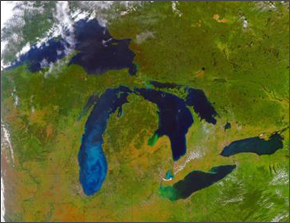
By Steve Kellman
Circle of Blue
Federal officials who are protecting the Great Lakes against Asian carp unveiled their multi-pronged plan during a public hearing in Chicago on Friday.
The representatives planned on using the forum to get immediate feedback on their proposed solution.
What they got was a sharply divided range of opinions and raw emotions from the standing-room only crowd. Dozens of Chicago-area business owners and boat captains made emotional comments in anger over the mere possibility of closing the locks on a part-time basis. Meanwhile, other people in attendance called for the locks to be closed immediately, rather than wait several months to conduct a study called for by the plan.
While the Asian Carp Control Strategy Framework consists of 24 different short-term and long-term recommendations—including increased monitoring of the waters around the Chicago locks for carp, installation of a new electric barrier and other impediments, and chemical treatments of the waterways during barrier maintenance and operations—the plan’s consideration of partial lock closures had area businesspeople up in arms.
“Any closures at all of the Chicago River lock would devastate our family,” said Ragna Russo, who works as a boat captain along with her husband for Wendella Boats. Russo asked that lock closures be taken off the table until all other options are explored.
Several speakers questioned the science behind environmental DNA tests conducted by University of Notre Dame researcher David Lodge, who found evidence that the carp have gotten past the electric barriers. The criticism counters the Environmental Protection Agency’s “high degree of confidence” in Lodge’s cutting-edge research and his results.
Lodge defended his team’s findings. He said that while something other than live fish could have left traces of DNA in the waters, that does not explain his team’s observations.
“It’s not plausible that those mechanisms, like a dead fish here or there, or a seagull dropping a fish… are sufficient to produce the pattern, the repeated pattern, of results that we have in the Chicago waterway,” he said. “We go back to the same places time and again, and we get the same result.”
Supporters of the lock closures also made their case.
Traci Barkley of the Prairie Rivers Network, an Illinois affiliate of the National Wildlife Federation, noted that she helped conduct a field assessment of the original electrical barrier in 2006.
“I want to remind everyone that the electrical barrier was first designed for the round goby,” Barkley said. But by the time the barrier was up and running, the invasive fish, which got into the Great Lakes via ship ballast water, had already passed through the waterways and into the Illinois River. The goby are now heading south to the Mississippi.
“I think we need to get out of this defensive position looking at the next threat, because there are more and more behind what we’re facing right now,” Barkley said. “Permanent separation of the Great Lakes is the only viable long-term solution.”
Department of Natural Resources representatives from Ohio, Wisconsin and Indiana also spoke to urge quick, decisive action.
“We think that the only really solid guaranteed solution is a permanent ecological separation,” said Sean Logan, director of Ohio’s DNR. “It’s not just about reducing the risk, it’s about preventing it from happening.”
Todd Ambs, water division administrator for Wisconsin’s DNR, shared Logan’s concerns.
“As significant as the potential economic impact is here in Chicago,” Ambs said, “we have a multi-billion dollar sportfishing industry that is at risk.”
Dueling statements from U.S. congressional representatives surrounding the Great Lakes were also read into the record.
Louise Slaughter, a Democratic congresswoman from New York’s 28th district, which borders Lake Ontario, serves as co-chair of the Great Lakes Task Force. She noted in her statement that she had joined with 49 other members of Congress to urge that federal agencies “take immediate steps to protect the Great Lakes… including closing the locks if there’s a reasonable likelihood that Asian carp are above the electric barrier…. (and) creating a permanent hydrological separation between the Great Lakes and the canal.”
Rep. Slaughter also urged that the installation of new barriers be accelerated beyond the time frame posed by the Asian Carp Control Strategy Framework. “Are we going to look back a year or two from now and say to ourselves ‘If only we had closed the locks temporarily we could have averted disaster?’” Slaughter asked.
Judy Biggert, a Republican congresswoman who represents part of Chicago’s suburbs, criticized recent efforts to “litigate and legislate Chicago-area lock closures,” saying “the ‘act now, think later’ mentality that they represent are so misguided that they can only suggest that politics, and not sound science and policy, are ruling the day.”
Rep. Biggert’s questioned the DNA evidence. She warned of “massive flooding” that could wash carp into the lake if the locks are closed, and charged that such closures would have an “absolutely devastating impact” on the local and national economy.
“Of course we are all working to protect the Great Lakes ecosystem,” she said. “The right way is not a knee-jerk legislative or legal action that ignores people’s lives or livelihoods for what sounds simple and yet is an alarmingly ineffective solution…. I will now allow those who harbor an act-now, think later approach to solve this problem flood our basements and kill our jobs for a quick fix that won’t work.”
One of the last speakers was Leia Montgomery of Wisconsin, who said she and her husband had driven four hours to attend Friday’s meeting. She noted that the original construction of the Chicago Sanitary and Ship Canal project in 1900 cost $31 million, and was as controversial back then as it is becoming now.
“This isn’t about being mad at Chicago, and it’s not about jobs,” she said. “Chicago does big things…. And now you’ve got to think really big again because this is bigger than all of us. This is Lake Michigan we’re talking about; this is the Great Lakes. This is 20 percent of the world’s fresh water supply…. It’s our children’s future.”
Steve Kellman is a Circle of Blue writer and reporter. Reach him at circleofblue.org/contact.
Asian Carp Control Strategy Draft Framework (EPA)
- Page 1
- Page 2 Overview
- Page 3 Approach
- Page 4 Approach
- Page 5 Deterring Migration

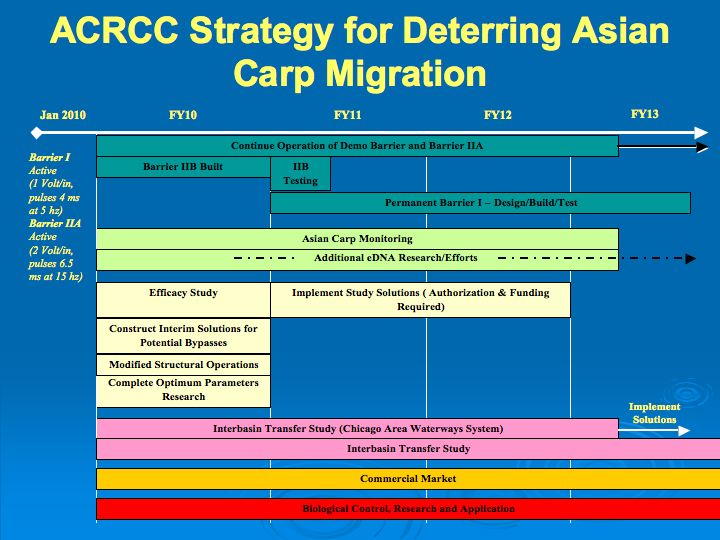


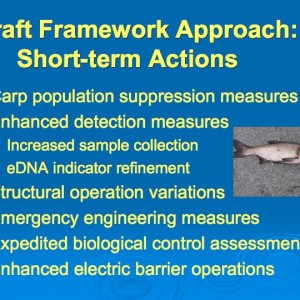

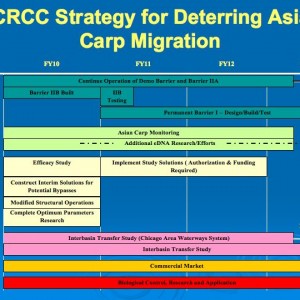

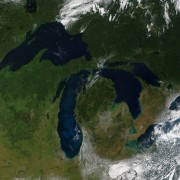
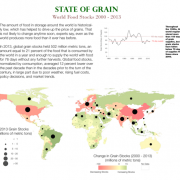
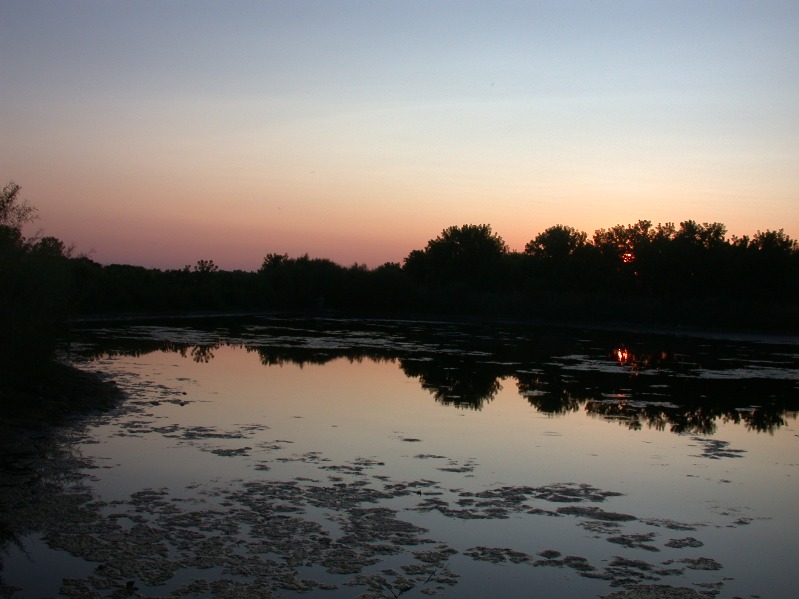
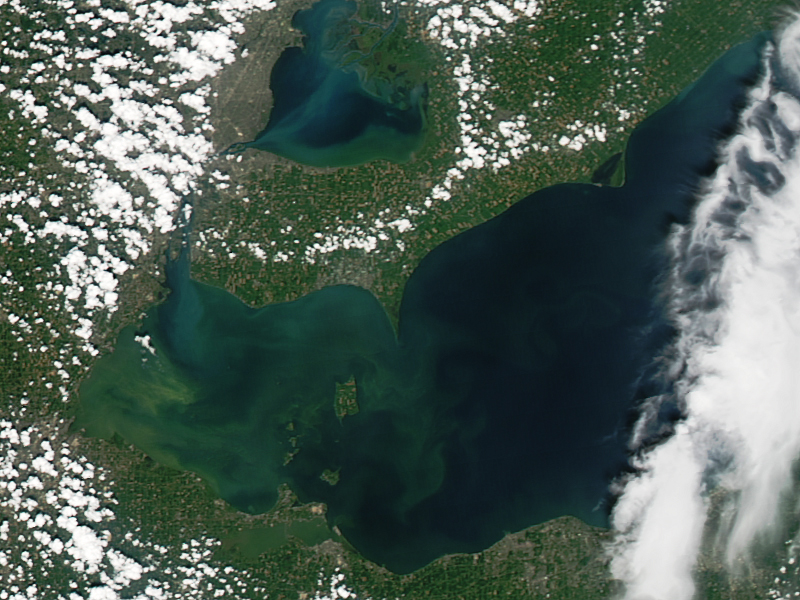



This seems to be a perfect example of when the “The needs of the many, outweighs the needs of a few, or the one!”
A permanent barrier where historically there always was one, seems to be the only logical solution in this case. Any chance of failure is too much of a chance to take.
I am in 100% agreement with “Permanent separation of the Great Lakes is the only viable long-term solution.”
Well then your just like most people who don’t read into things and simply think that closing the doors keeps Asian carp out. It affects many more areas than the shipping or touring industries since the canal is used as a means to control flooding and would overwhelm the billions of dollars worth of underground tunnel system. Not to mention the trickle down effect it has on other industries along the river + plus the unknown consequences only to be discovered if this plan is thrown immediately into action. A quick response is not the best response by any means and it will take years for the situation to be studied and improved upon. I understand that the great lakes are in trouble but little and in some cases no scientific research to back these claims up and the addition of this new technology eDNA which has not been tested in ANY OTHER REGION than the Chicago area proves to me that this is truly an act now think later policy for the uneducated or ignorant.
The barrier works and now there’s more planning for those who are crying about the eDNA. The unproven science.
A recent reported for congress suggest that the 111th congress may again take up the issue of national ballast water legislation. If strong national legislation can be crafted and signed into law, this could help to defray the cost of enforcement for state laws. It has been stated that this policy would increase the cost of foriegn goods. If this causes inflation people should understand, the ponzi scheme set up by previous administrations that allows China, to value and peg their currency to ours, the value of Chinese currency we accept for the treasury notes, we issue for alleged ” competative international auctions” can be manipulated to create cheap foreign manufactured goods and allow politician to offer entitlements for votes, while continually increasing our “debt”. This “arrangement” has fostered influence on this administration to follow the International Maritime Organizations Laws to govern our countries environment on this issue. I believe that if imported goods cost more, green manufactured, American made goods would enable us to remain a free and independent country allowing the American people to decide the environmetal laws needed to protect our waters, not China. (the largest ship builders and major player in the IMO)